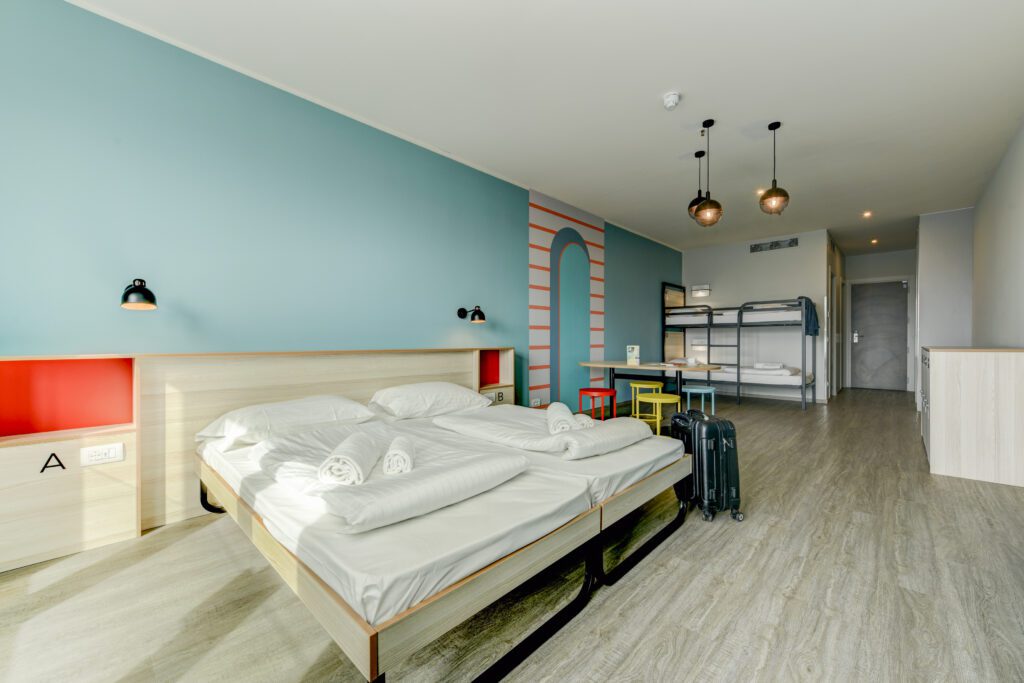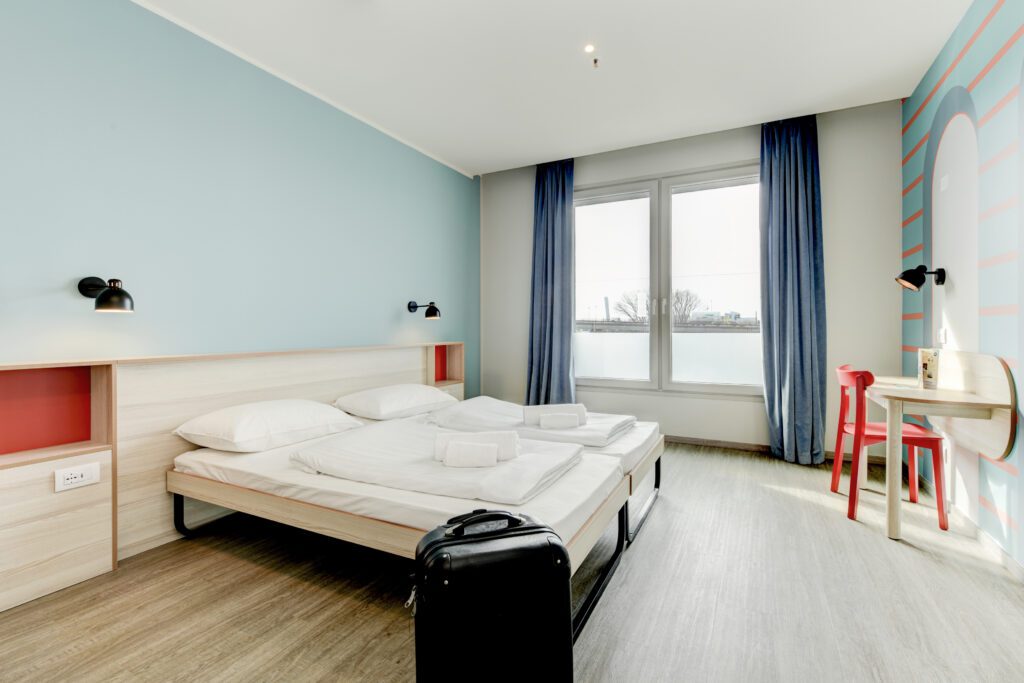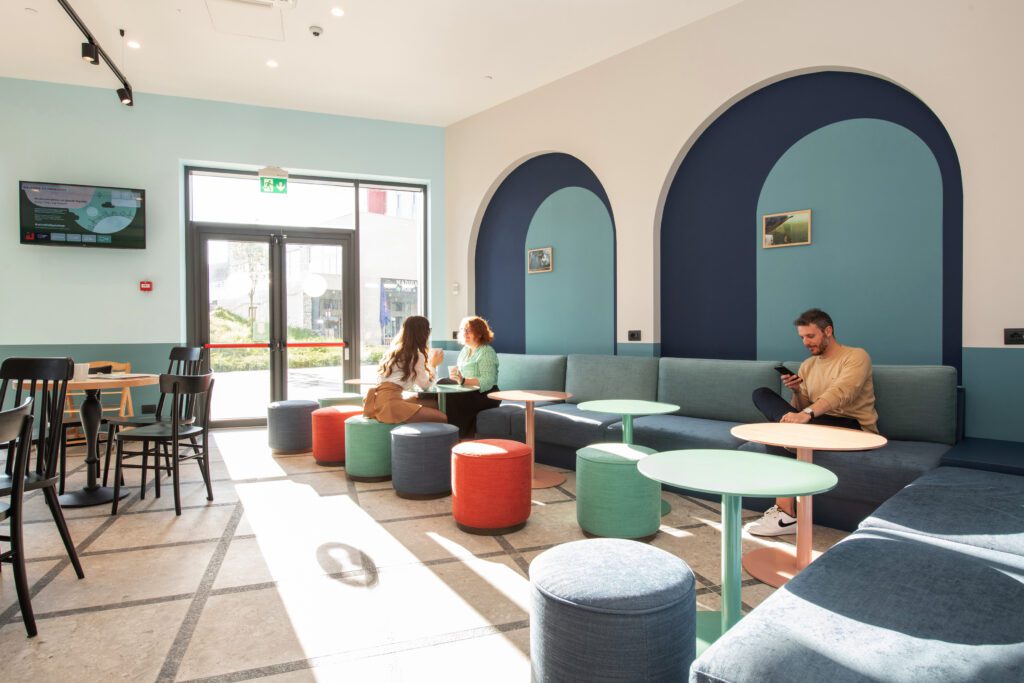Hey there, travelers. Welcome to the vibrant world of the Carnival of Venice, also known as “Carnevale di Venezia.” We’re about to take you on a magical journey through this famous festival, where Venice bursts into life with colors, costumes, and intriguing mystery!
The Ultimate Guide to Venice Carnival
Must-Know Facts to Unlock the Magic 🎭
🎆 It’s… showtime!
The Carnival of Venice is a 2-week party that happens in February, just before Lent kicks in. Imagine this: there are amazing masquerade balls, fantastic costumes, and one-of-a-kind Venetian masks everywhere.
📜 A blast from the past: the Carnival of Venice history
The Venice Carnival is much more than fun; it’s got some deep roots in history. It officially kicked off as a public celebration in 1296, thanks to the Senate of the Republic of Venice. But guess what? Its roots stretch back even further. We’re talking as far back as 1094, when official documents hinted at public festivities just before Lent.
Imagine strolling through Venice during the carnival’s heyday: you’d come across public shows and exhibitions all over the place. Musicians, dancers, acrobats, and jugglers took center stage, wowing the crowds with their talents. Private homes and cafés also turned into party hotspots. Theatres hosted masked plays, adding even more excitement to the mix.
Back then, the carnival was a mega party that spanned several weeks. The whole city was alive with music, dancing, and big parties. People pretty much took a break from work. Oh, and here’s the cool part: everyone wore masks and costumes. This went beyond the concept of fun; it was a genius way to blur the lines between social classes. The carnival season of organized chaos was the Republic of Venice‘s secret weapon to keep things in order for the rest of the year.
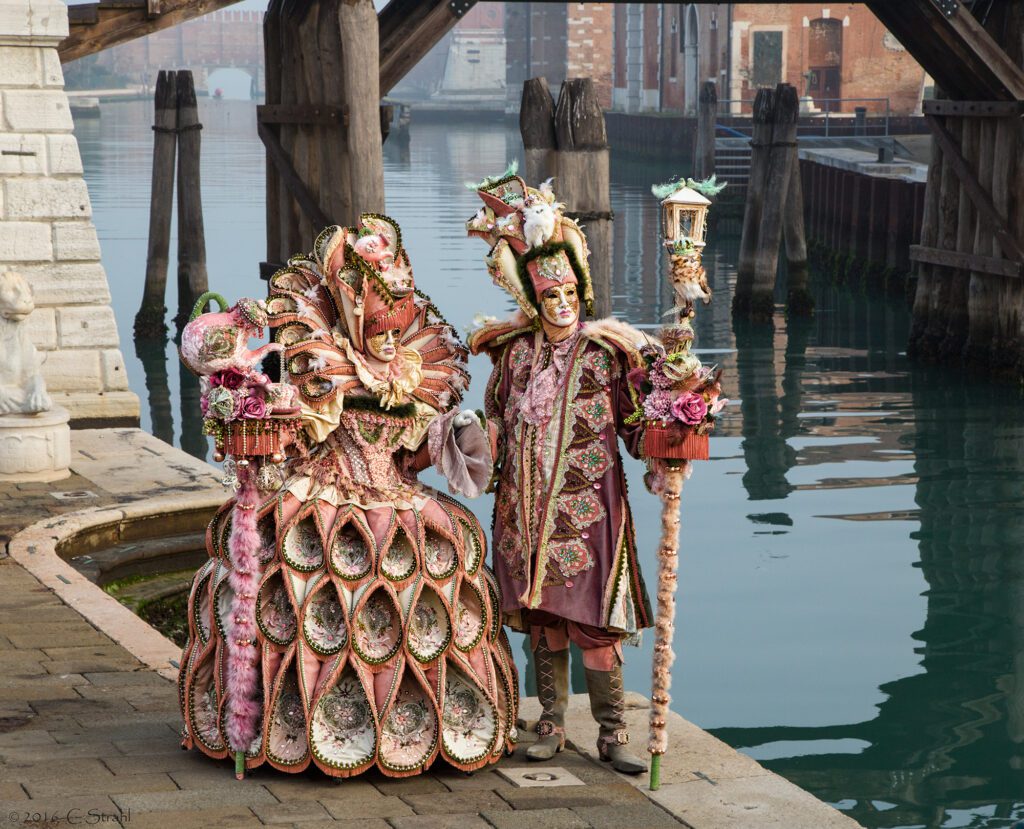
📊 The 18th century boom, the decline & the revival
Fast forward to the 18th century, and the Venice Carnival was hitting its peak. This was the era when the famous writer Casanova made Venice his playground, flitting between parties and romance. As the century rolled on, the Venice Carnival’s reputation spread far and wide, becoming a symbol of prestige and international fame. It was the place to see and be seen.
But all good things must come to an end, right? With the French takeover of the Republic and later Austrian rule, the carnival faced some serious restrictions in the late 18th century. The tradition of wearing masks was even banned for a while. The carnival managed to hang on, but it was a mere shadow of its former self, mostly limited to a few islands in the lagoon.
Now, here’s where the story takes a fantastic turn. In 1979, after years in the shadows, the Venice Carnival made a triumphant comeback. The ancient tradition was resurrected, and it’s the version we still enjoy today.
🎼 Venice Carnival today: where magic meets fun
In the modern era, the Venice Carnival is still a global sensation. It’s a terrific mix of music, dance, and, best of all, delicious Venetian food like “fritto misto“, a yummy combo of fried seafood, and “cicchetti“, those tiny bites that are bursting with flavor.
Picture streets filled with people in masks, all smiles and laughter. This carnival lasts for about 2 weeks, but the big days to mark on your calendar are “Fat Thursday” and “Fat Tuesday” just before Lent begins.
And if you’re wondering where all the action happens, head to St. Mark’s Square. It’s the carnival’s hotspot. On the last Sunday and Tuesday of the carnival, a massive wooden stage takes over the square. It’s where they crown the best-masked costume after a bunch of colorful parades. Plus, you can catch some hilarious plays featuring traditional masked characters like Arlecchino.
One thing’s sure: the Carnival of Venice has something for everyone. You can join fancy masked parties in old Venetian buildings that feel like stepping back to the 18th century. Or, if you prefer open-air fun, hit the streets and squares. The energy is electric, and you’ll find yourself dancing to the city’s beat!
If you want to snap these moments of celebration and the best spots in the city, follow the advice of our blog article Top 10 Venice Instagram Spots You Can’t Miss.
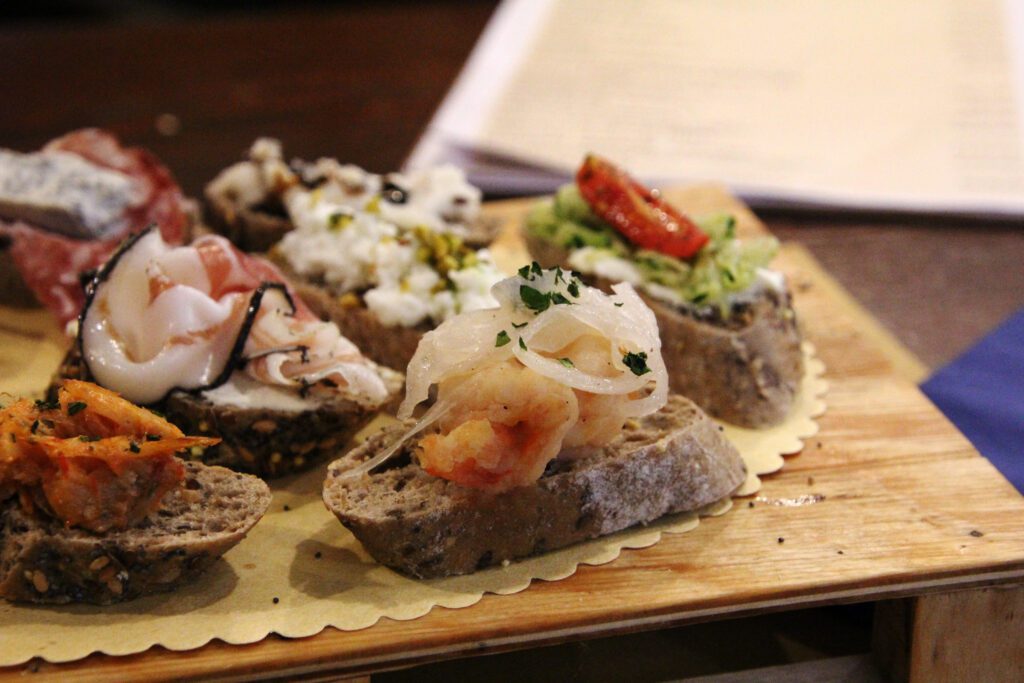
👗 Dress to impress: Venetian Carnival costumes
Have you ever seen the colorful Carnival of Venice costumes in person? These outfits are far from your average clothes, they’re like art in motion. Think: fancy fabrics, delicate lace, and shiny gemstones coming together to create outfits that’ll make your jaw drop.
From the fancy 18th-century look to the old-school Renaissance style, the Venice Carnival takes you on a trip back in time. People get all dressed up as characters from Venice’s past, adding a sense of mystery and fun to the whole event.
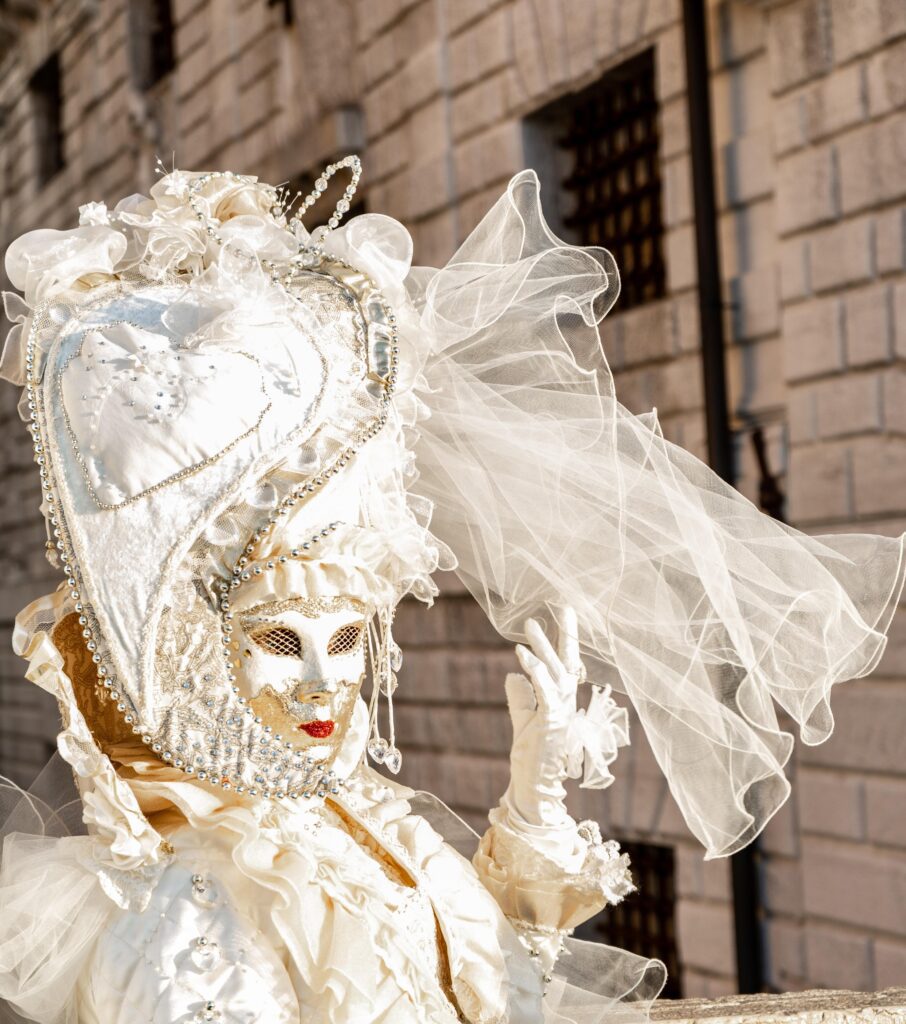
🎭 The mysterious masks
Now, let’s talk about the stars of the Venice Carnival: the various Venetian mask types.
The “Bauta” mask is one of the most famous ones with its square jaw and pointy chin. Back in the 18th century, it was all about freedom and having a blast. People from all walks of life could party together without anyone knowing who was who.
On the flip side, there’s the “Moretta” mask. It’s like the strong, silent type of mask. It stays put with a button you bite, keeping you quiet. This mask adds a layer of mystery to the Venice Carnival, making it even more intriguing and exciting.
🧚🏻 “Flight of the Angel”: the ultimate thrill
One of the most thrilling parts of the Venice Carnival is the “Flight of the Angel“; a special spectacle that shows the bond between Venice and its people, and symbolizes the city’s fearless spirit.
This tradition has its origins in the mid-16th century when a brave Turkish acrobat performed an incredible stunt. Using only a barbell, he walked on a rope tied to a boat anchored in the pier of the Piazzetta, right next to St. Mark’s Square. As he descended, the acrobat even reached the balcony of Palazzo Ducale to pay his respects to the Doge. This daring feat, initially known as “Svolo del Turco“, became an annual spectacle, usually taking place on Fat Thursday. It began with professional tightrope performers and later included a few fearless Venetians who took on the challenge.
Over time, the performers were equipped with wings and rings, allowing them to glide down the rope at high speed. This incredible act was then named the “Flight of the Angel.” At the end of their descent in the Palazzo Ducale gallery, the performers received gifts or money from the Doge himself.
Sadly, in 1759, tragedy struck when an acrobat had a fatal fall. As a result, it was decided to replace the human performers with a large wooden dove. During its flight, this dove would shower the crowd below with flowers and confetti. The event was renamed once more, becoming the “Flight of the Colombina” or “little dove.”
Today, this tradition takes place at noon on the first Sunday of the carnival, officially marking its start. Up until 2001, a mechanical dove descended onto the festive crowd. From then on, the “Flight of the Angel” was brought back, and since 2011, the honor of taking part in the descent goes to the young Venetian woman who was awarded the title of “Mary of the Carnival” the year before.
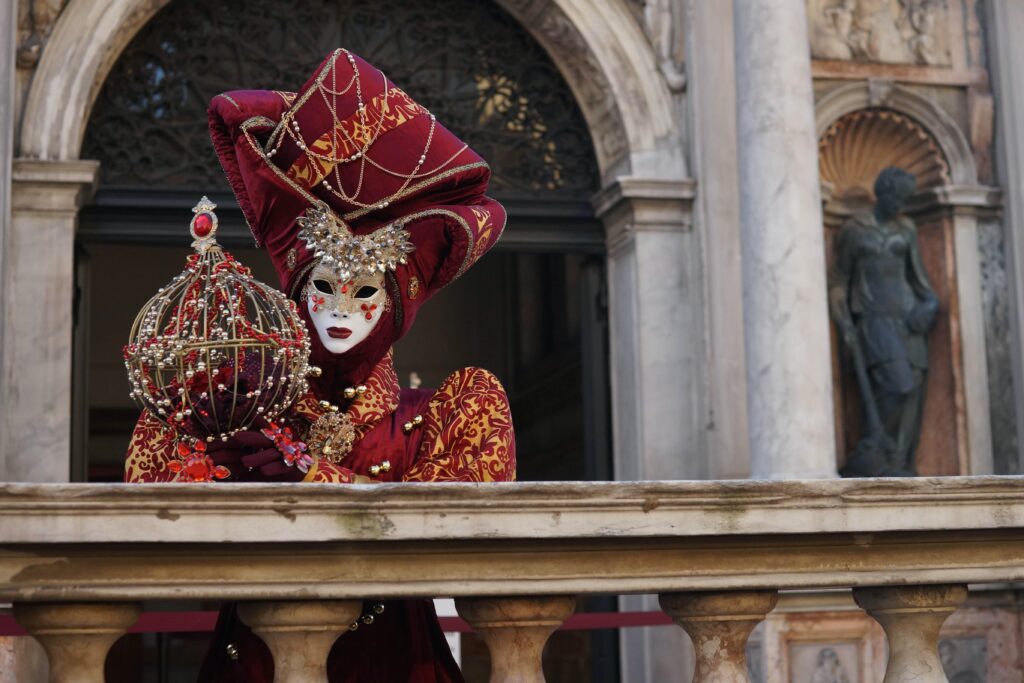
✨ Summing up…
Now that you’re in the know about the Carnival of Venice, it’s time to plan your own adventure. Choose your favorite Venetian carnival costume or mask, and get ready to dive headfirst into this incredible celebration. Whether you’re trying the Venice carnival food, dancing at an Italian masquerade ball, or just soaking in the Venice vibes while meeting Venetian people, you’ll have an incredible trip!
Are you traveling to the floating city for only one day? Read our blog article How to Spend One Day in Venice to make the most out of your stay in the magic city.
Unmasking... the Venice Carnival: FAQs
What is the Carnival of Venice?
The Carnival of Venice is a 2-week festival full of masquerade balls, costumes, and Venetian masks. It takes place in February right before Lent.
How old is the festival?
The festival has roots going back to 1094, but it officially started in 1296. It was a way for people of all classes to mingle, thanks to the anonymity provided by masks.
What happened to the carnival in the 18th century?
It peaked in popularity but faced decline due to political changes, including French and Austrian rule. Masks were even banned for a time. The carnival was revived in 1979.
What are some traditional foods?
"Fritto misto," fried seafood, and "cicchetti," small flavorful bites, are popular foods during the carnival.
What are the big days of the carnival?
"Fat Thursday" and "Fat Tuesday" are the key days to mark on your calendar. Events take place in St. Mark's Square, including the crowning of the best-masked costume.
What are the costumes like?
Costumes are elaborate, often reflecting Venice's history, and include rich fabrics, lace, and gemstones.
Tell me about the masks.
Two popular types are the "Bauta," known for its square jaw and anonymity, and the "Moretta," which stays on by biting a button and keeps the wearer silent.
What is the "Flight of the Angel"?
This is a spectacle where a person glides down a rope from a high point to the ground, marking the official start of the carnival. It evolved from an acrobatic feat performed as far back as the 16th century.
🛎️ Where to stay in Venice?
Only at the MEININGER Venezia Mestre – THE place to stay in Venice.
Book your stay today!
Address: Via Ca’ Marcello, 8C, 30172 Venezia VE, Italy
